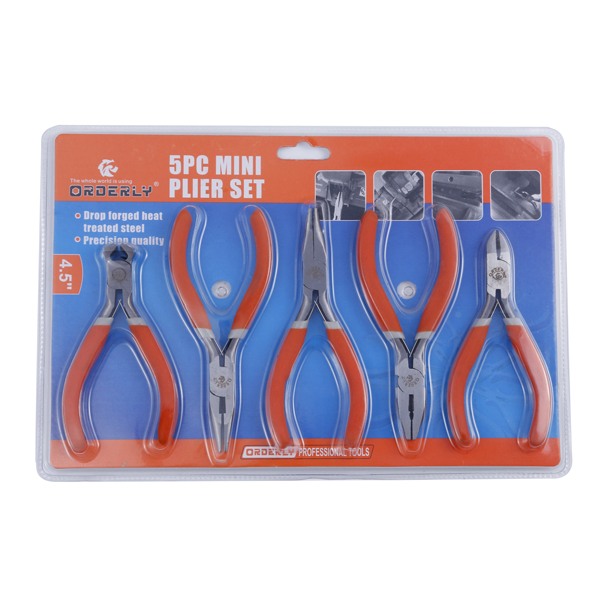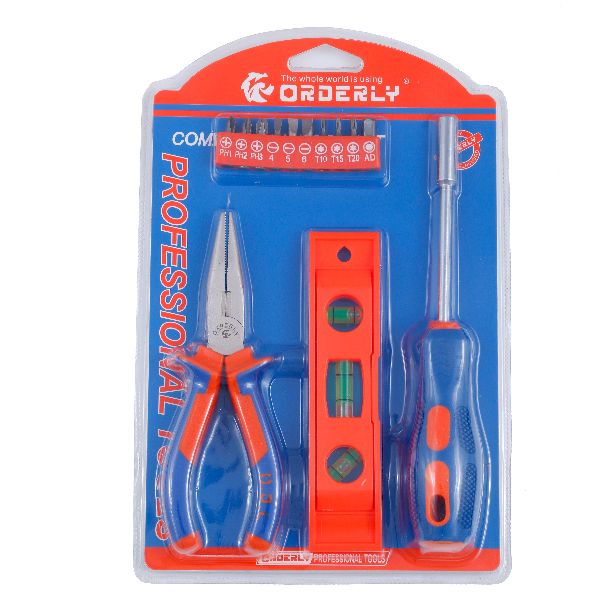Exploring the world of hand weaving reveals a rich tapestry of techniques and materials. Integral to this ancient craft are the tools that weavers use to bring their intricate designs to life. From simple frames to elaborate looms, each tool has a specific name and purpose that has evolved over centuries. This article delves into the essential names of hand weaving tools, shedding light on their functions and significance in the weaving process.

The Loom: The Foundation of Weaving
At the heart of hand weaving is the loom, a device used to hold the warp threads in place while the weft is woven through them. Looms vary greatly in size, complexity, and design, ranging from simple frame looms to more complex floor looms. The choice of loom depends on the weaver’s needs, the type of fabric being produced, and the level of detail required in the textile design. Whether creating a delicate scarf or a robust tapestry, the loom stands as the indispensable foundation for all weaving endeavors.

Shuttle: The Carrier of the Weft
A shuttle is a tool designed to carry the weft thread through the warp threads. Traditionally made of wood, shuttles come in various shapes and sizes, each suited to different types of weaving. Stick shuttles, boat shuttles, and rag shuttles are among the most common, enabling the weaver to efficiently and accurately interlace the weft and warp threads. The use of a shuttle not only speeds up the weaving process but also ensures a tighter, more uniform weave.
Beater: The Weaver’s Comb
The beater, or reed, is used to push the weft threads into place, tightening the weave and creating a smooth, even fabric surface. Attached to a frame that swings forward and backward, the beater compacts the freshly woven row of weft against the rest of the fabric. Its teeth, varying in density according to the desired texture and tightness of the weave, play a crucial role in determining the final appearance and quality of the woven material.
Warp Beam and Cloth Beam: Managing the Threads
The warp beam is a cylindrical rod at the back of the loom that holds the warp threads in place, allowing for even tension across the weave. As the weaving progresses, the cloth beam, located at the front of the loom, rolls the finished fabric onto itself, keeping the work area clear and preventing the fabric from wrinkling. Together, these beams ensure a consistent tension and facilitate an efficient weaving process.
Heddles: The Facilitators of Thread Movement
Heddles are thin rods or wires with an eye in the center through which warp threads are threaded. Mounted on a frame in the loom, they play a vital role in controlling the lifting and lowering of warp threads to form the shed, through which the weft is passed. The arrangement of heddles dictates the pattern of the weave, offering infinite possibilities for texture and design. The precision and flexibility of heddles make complex weaves achievable, highlighting their importance in the weaving tool arsenal.
Hand weaving combines the beauty of crafted textiles with the satisfaction of creating something unique and tangible. The tools used in this age-old craft, from looms to heddles, each have distinctive names and functions that contribute to the weaving process. Understanding these tools not only enhances the appreciation of the skill and artistry involved in weaving but also aids those interested in starting their weaving journey. As we explore the names and uses of hand weaving tools, we uncover the intricate dance of warp and weft that creates the fabric of our lives.
